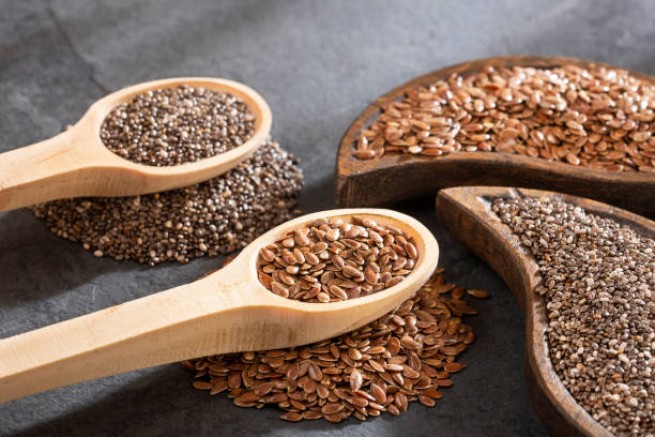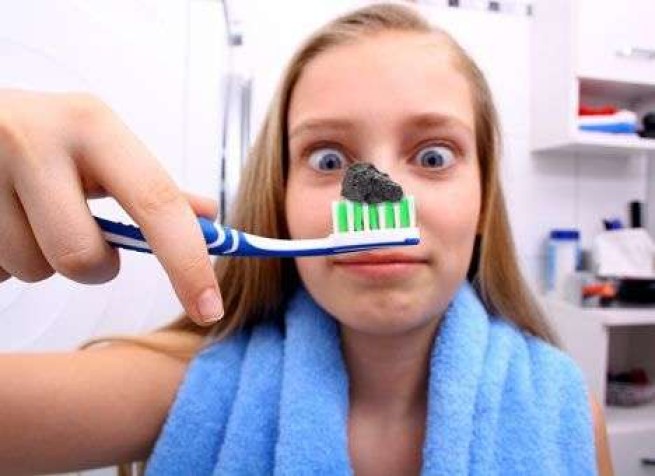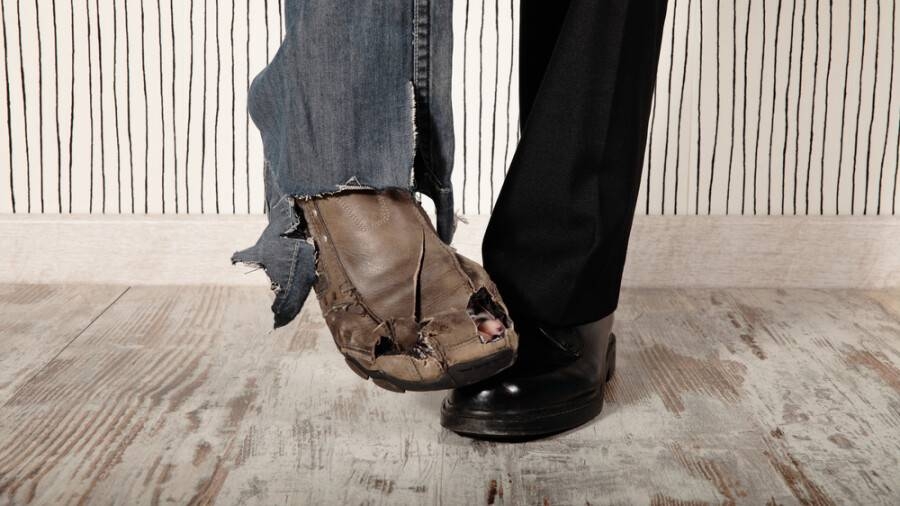Thousands of households across the country are at risk of bankruptcy, which cannot but cause concern in view of the upcoming difficult winter.
The purchasing power of citizens is increasingly reduced, and inflation is expected to continue to “gallop” in the coming months, while the energy crisis continues. Characteristically, over the past year, 6% of the population reported experiencing moderate or acute food shortage, and 1.5% – only severe food shortages. It is worth noting that moderate or severe food insecurity is considered when at least one household member reported that they had to skip a meal, eat less than they thought they needed, go without food, be hungry but not eat, or pass a whole day without food. At the same time, a household is considered to be severely food insecure if at least one household member reported going without food all day due to lack of money or other resources.
lack of food
According to the 2021 Census, 624,000 people were moderately/severely food insecure and 156,000 people were only severely food insecure:
- 645,000 people were forced to skip at least one meal or eat less than they thought they needed.
- 3.2%-3.5% of the population (330-365 thousand citizens) were either left without food or did not eat hungry. And this, for 2.7% or 281,000 people, left them without food for at least one full day.
- 11.9% or more than 1.2 million feared that they would not have enough food to meet their needs, and 11.4% or almost 1.2 million did not have the opportunity to eat healthy and nutritious food.
- 12.6% or 1.3 million people limited themselves to only certain types of food.
As noted, Greece is one of the four countries EUwhere in the period from 2019 to 2021 the percentage of the population at risk of poverty has increased. As it turned out, part of the population does not have access to basic goods and services due to low incomes. In 2021, 28.3% of the population was below the poverty line, i.e. about 3 million people (an increase of 27.4% compared to 2020 was recorded).
ΕΛΣΤΑΤ: income and living conditions of households
The percentage of the population at risk of poverty or social exclusion in Greece remains significantly higher than the Eurozone average (28.3% based on the revised definition in Greece vs. 22.0% in the Eurozone in 2021) and is increasing in 2021. compared to 2020 (by 0.6 percentage points, from 28.9% in 2020 to 29.5% in 2021 based on the old definition, or by 0.9 percentage points from 27.4% to 28, 3%).
The 1.8 percentage point increase in the share of the population can be attributed to low labor intensity (from 11.8% in 2020 to 13.6% in 2021) and a 1.9 percentage point increase in the share of the population at risk of poverty (from from 17.7% in 2020 to 19.6% in 2021). It is especially important to emphasize that the percentage of poor households is calculated taking into account social benefits. Without state aid, the poverty rate in Greece jumps to 48.2%!
Older people face the lowest risk of poverty after social payments (benefits) – 13.5% (13.0% in the age group 65+ in 2020), and children are the highest – 23.7% (20.9% in 0-17 years old in 2020). For the 18-64 age group, the poverty rate is 20.6% (18.4% in 2020).
The Exposure to Poverty or Social Exclusion Index is a composite measure that includes the total number of people who are either at risk of poverty (equivalent disposable income below 60% of the national average), face severe material deprivation, or live in low-intensity households. labor (adult members work less than the legal working hours).
Of particular interest, according to experts, are the figures indicating the existence of class inequality. The share of average equivalent spending (purchases, current prices) of the richest 20% of the population is 5.2 times higher than the share of average equivalent spending of the poorest 20% (4.8 in 2020).
Households in the poorest 20% of the population increased their spending by 2.6% compared to 2020, while households in the richest 20% of the population increased by 10.7%. The share of average equivalent household food expenditures of the poorest 20% of the population is 34.8% of household expenditures, while the corresponding share of the richest 20% of the population is 13.9%.
PS The most unexpected thing about all this is that such an indicator, calculated annually by the UN, as the “level of happiness”, does not depend at all (and does not correlate in any way) with the level of poverty in the countries. Until recently, the happiest, as was established in the course of the relevant sociological study, were residents of the poorest countries in Africa. And recently, the Scandinavian countries have joined them, despite the fact that their suicide rate is above the European average.







More Stories
Greek products on their way to France
Reduced fees for POS transactions, limited bank fees
Easter 2024: more expensive than travel, more modest table